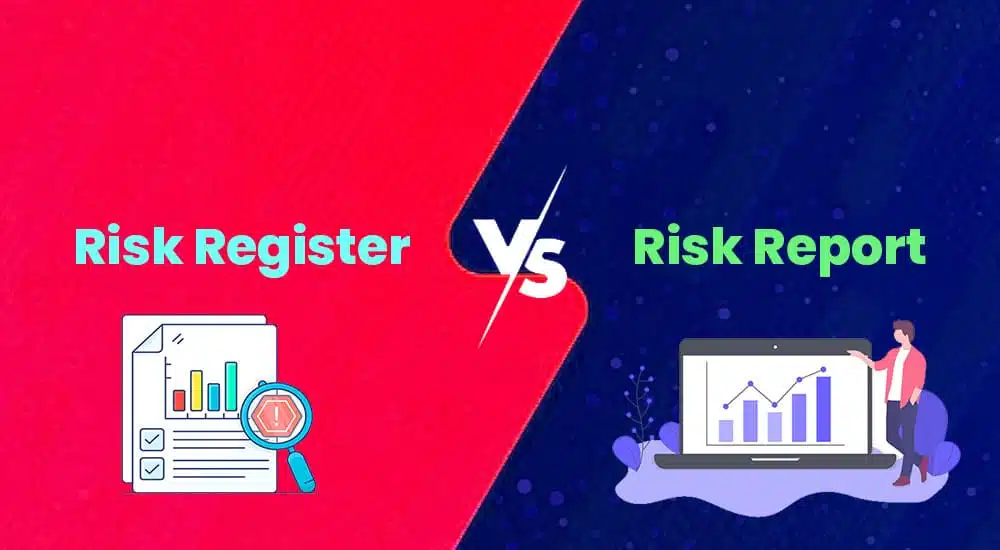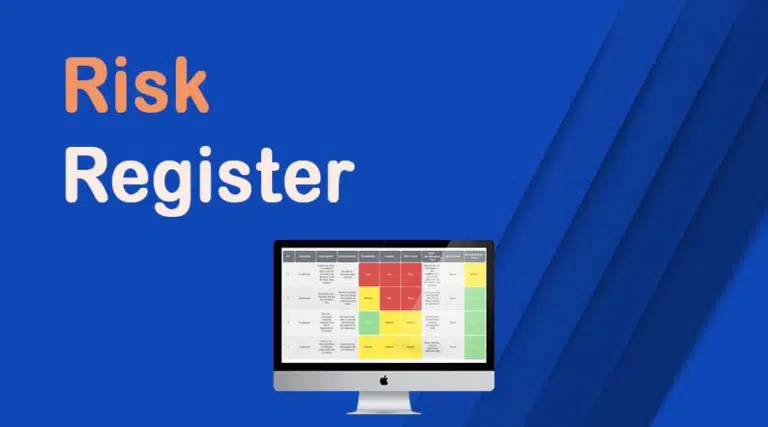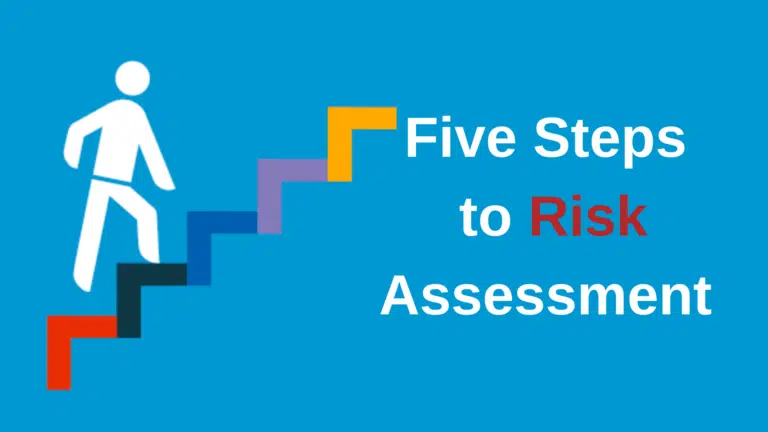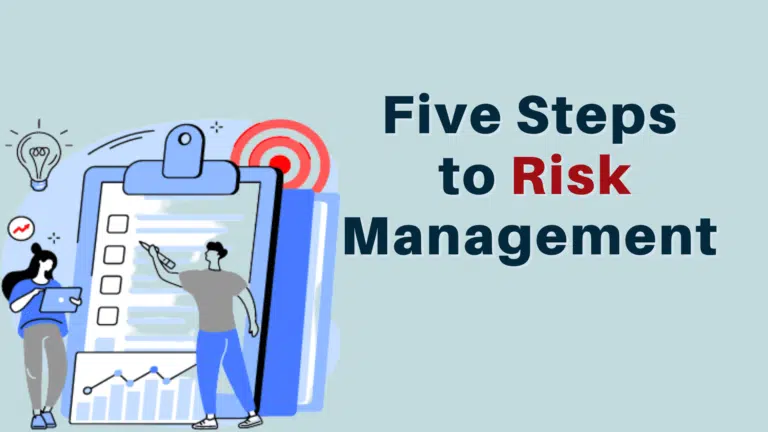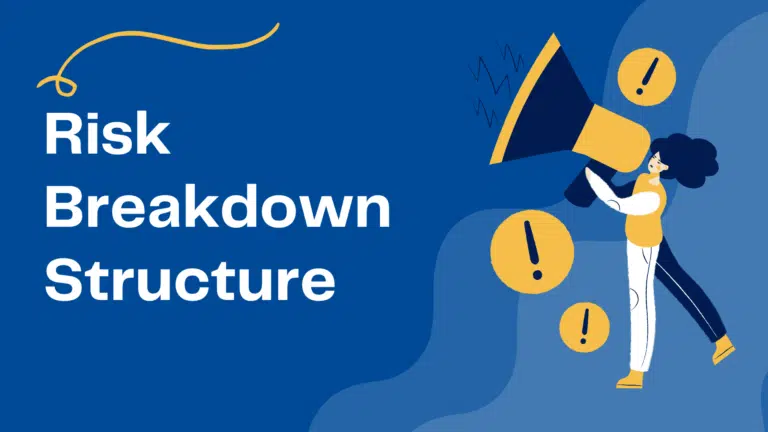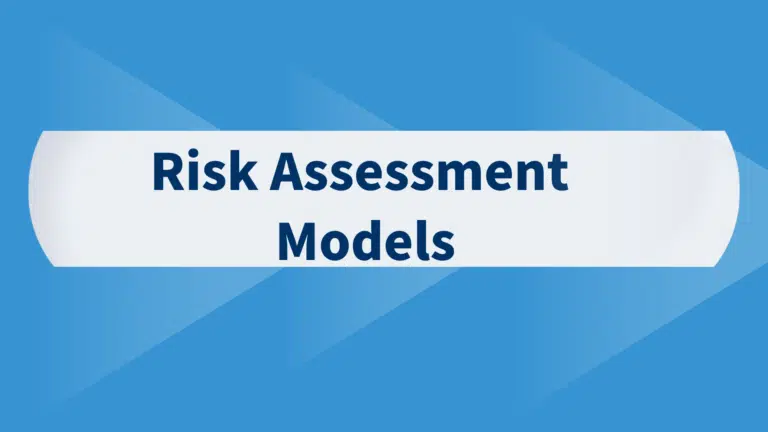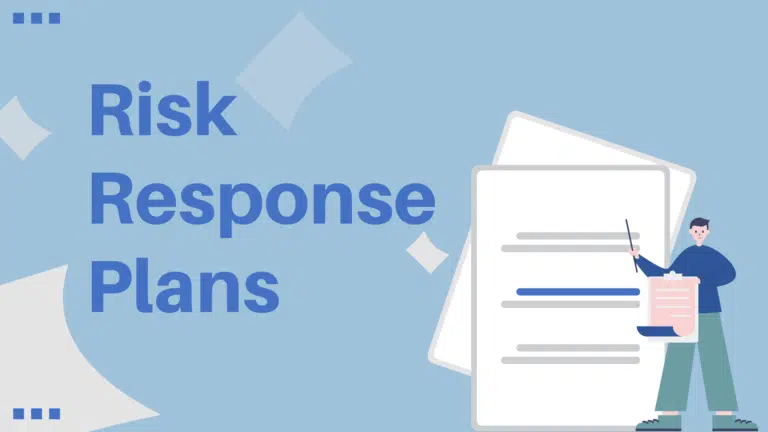Risk management is key to project success and an important part of project management. It reduces the project risks to acceptable levels.
Risk register and risk report are two crucial tools in project risk management. Since these terms are similar, many professionals often fail to understand the difference between these risk terms.
Therefore, I am writing this post on risk register vs risk report to clarify these concepts.
These project management artifacts are critical to developing a risk management plan.
Risk Register Vs Risk Report
The risk register is where you record risks and all associated details. In contrast, the risk report summarizes your project risk management performance, like what risks have occurred and what not and the effectiveness of your risk response plans.
Let’s get into the details of these two terms.
Risk Register
The risk register is also known as a risk log. It contains a list of identified project risks, risk score, risk ranking, risk assessment details, risk response plan, and a watchlist with the lowest priority risks.
Apart from recording risk identification, it helps you to manage potential risks that may impact your project objectives.
It includes the details of qualitative risk analysis and quantitative risk analysis.
Only the “perform qualitative risk analysis” process is enough for smaller projects. However, you should also go for the “perform quantitative risk analysis” process for large projects.
A risk register is a live document updated throughout the project life cycle. Whenever you identify a new risk, you will update the risk register. When the status of any risk changes, you will update the risk register. It provides input for risk reports.
The project risk register provides a structured approach to identifying, documenting, and categorizing risks, enabling stakeholders to understand the project’s risk landscape.
The Key Functions of a Risk Register
The key components of a risk register are as follows:
Record Identified Risks: The key function of a risk register is to record identified risks and their features, including the chance of occurring, impact, risk ranking, etc.
Risk Assessment: The risk register allows for a detailed assessment of their likelihood, potential consequences, and overall project risk levels. This helps create a risk assessment report.
Risk Documentation: The risk register is a comprehensive record-keeping tool. This includes risk descriptions, potential causes and triggers, historical data, risk owner(s), and existing response measures.
Risk Tracking and Monitoring: The risk register facilitates tracking and monitoring of identified risks. It allows regular review and update of risk information, enabling organizations to detect changes in risk levels, emerging risks, or the effectiveness of existing response measures.
Risk Reporting: The risk register serves as a valuable source of information for generating risk reports and communicating risk insights to stakeholders.
Content of a Risk Register
A risk register can contain the following risk information:
Risk Description: Each risk in the risk register details the risks, including its nature, potential consequences, and the project objective it may affect.
Risk Categorization: Risks register has risk categories for different risks, such as operational, financial, strategic, legal, or reputational risks.
Risk Assessment and Scoring: The risk register includes a risk assessment of each risk’s likelihood and potential impact. It can include qualitative risk analysis and quantitative analysis.
Risk Owners and Responsibilities: Each risk has an assigned risk owner responsible for monitoring and managing the risk.
Risk Response Plans: The risk register documents risk response plans to address identified risks.
Risk Status and Updates: The risk register is updated when a risk level of any risk changes or new risks are identified. It updates risk response progress and other relevant updates to ensure the information remains accurate and current.
Risk Report
A risk report is a communication tool containing information on project risks, a summary of project risks, and the effectiveness of risk response plans.
It communicates risk performance to project stakeholders and increases the awareness of risk management. It is crucial in communicating key insights and facilitating informed decision-making.
The risk report provides clear and concise information so the stakeholder can understand the effectiveness of the risk management plan and the benefits of risk management.
This helps you get stakeholder buy-in for risk management activities.
It consolidates information from the risk register and presents it in a concise and accessible format to stakeholders to understand the project’s risk profile and develop an appropriate action plan.
The Key Function of a Risk Report
Communication: The primary function of a risk report is to communicate the project risk profile to stakeholders. It provides a comprehensive overview of the effectiveness of risk management.
Decision-Making Support: The risk report assists in strategic decision-making by highlighting key risks and their potential consequences. Management can allocate resources based on risk priority.
Trend Analysis: Risk reports often include historical data and trend analysis, allowing stakeholders to identify patterns and changes in risk levels over time. This provides the effectiveness of risk management measures and helps anticipate future risks.
Performance Evaluation: Risk reports can contribute to performance evaluation by assessing the effectiveness of risk management activities.
Content of a Risk Report
Executive Summary: The risk report begins with an executive summary overviewing the project risk profile.
Risk Analysis and Prioritization: The report delves into a detailed analysis of identified risks, providing insights into their likelihood, potential consequences, and overall risk levels.
Response Strategies: The risk report outlines recommended risk response strategies for each identified risk.
Key Performance Indicators (KPIs): The risk report may incorporate KPIs or metrics to measure the effectiveness of risk management efforts.
Recommendations and Next Steps: The risk report concludes with actionable recommendations and the next steps to address identified risks.
Risk Register Vs Risk Report
The risk register provides details information on risks. It is a detailed project document. A risk report summarizes your risk management effort’s risks, status, and effectiveness.
The risk register focuses on detailed data and provides a structured approach to identify, assess, and track risks. The risk report synthesizes information from the risk register into a concise and accessible format. It communicates key risk insights and facilitates informed decision-making.
While the risk register primarily captures raw data and supports ongoing risk management activities, the risk report consolidates and communicates key risk information to aid decision-makers in understanding the project risks landscape.
Conclusion
Risk register and risk report are key project artifacts and risk management tools to help the project team manage risks and communicate the effectiveness of risk management. These documents are different but complement each other.
These topics are important from a PMP and PMI-RMP exam point of view. Understand them well.

I am Mohammad Fahad Usmani, B.E. PMP, PMI-RMP. I have been blogging on project management topics since 2011. To date, thousands of professionals have passed the PMP exam using my resources.

